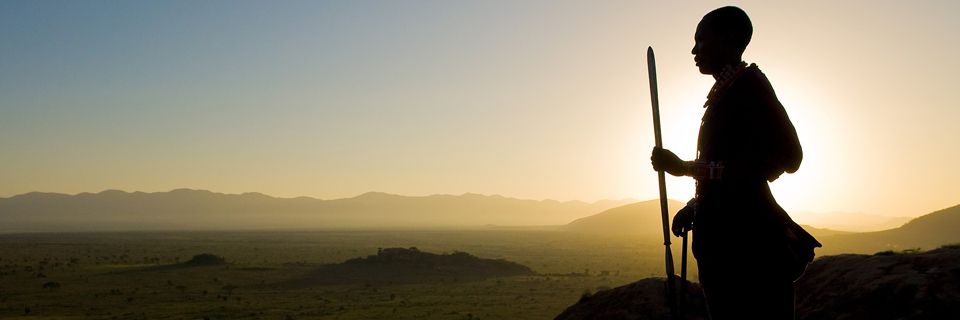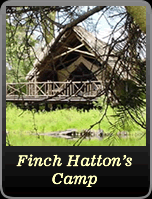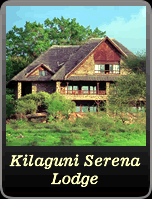
Tsavo East, Tsavo West & Chyulu Hills National Reserves
Tsavo East National Park covers an area of about 12,000 km2, 40% of Kenyas parks total area. This vast park lies in low semi arid country at the eastern edge of the inland plateau, north of the main Mombasa-Nairobi road and railway. Much of the park is level, open country with scattered rocky ridges and outcrops.
Due to its size, the park is one of the worlds wildlife and biodiversity strongholds.
This starkly beautiful park suffered considerable deprivation both in physical damage and animal loss in the 1970´s, but this is now well past, and today the park is thriving once more.
Nestled up against the Tanzanian border, the twin National Parks of Tsavo East and West together form one of Africas largest wilderness reserves. Tsavo as a whole consists of 10 million acres of pure wilderness, incorporating savannah, ranges and hills, acacia and montane forest, and an extensive river system. This single National Park is larger than the island of Jamaica.
The vast plains of Tsavo are crossed by the main Nairobi-Mombasa railroad. This historic railway was, in 1899, the scene of one of Africas greatest Adventure stories. Two large lions actively preyed on the railway workers as they built a bridge over the Tsavo river, claiming over 120 victims. They evaded hunters for well over a year, and the legend of the Man-eaters of Tsavo was born.
The sheer scale of Tsavo gives the visitor a chance to really get away from it all, and to explore the wild in total solitude. On safari here you will see large herds of Elephant, their hides often a luminous red with dust, as well as Lion, Buffalo, Eland, Giraffe Impala, Kudu and possibly Rhinoceros.
Tsavo is a birdwatchers paradise with numerous species of weavers, hornbills, sunbirds, rollers, and raptors commonly seen.
One of Tsavos most interesting geographical features is the Lugard Falls, where white water rages through a series of spectacular rock formations. Also not to be missed is the volcanic Mzima springs. These natural springs produce 50 million gallons of fresh sparkling water daily. These waters are alive with shoals of barbel and Hippopotamus and waterfowl. A unique underwater observatory has been built that gives you an incredible view of this crystal clear underwater world, where massive hippos glide silently through swirling shoals of barbel.
The Chyulu Hills lie in the shadow of Mount Kilimanjaro. The Chyulus are in the heart of Maasai country, where herdsmen lead their cattle to water alongside the elephants, and vast swathes of land are set aside for conservation.
This lush, beautiful area is one of Kenyas little visited gems, and all the better for it. Try Ol Donyo Lodge for serious rustic luxury, or head out to discover the unfettered wilderness on horseback.


